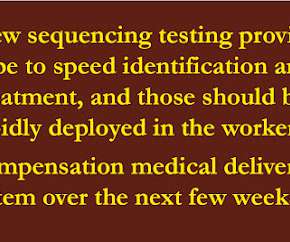How Clinical Informatics Can Uncover Major Saving Opportunities in Healthcare Plans
Griffin Benefits
SEPTEMBER 5, 2023
As healthcare costs have risen rapidly in the last decade, employer-sponsored health insurance premiums have followed,1 affecting both organizations and employees. Data analytics is the first step in answering that question, directing employers toward what medical situations can sink a healthcare plan. WANT TO LEARN MORE?











Let's personalize your content